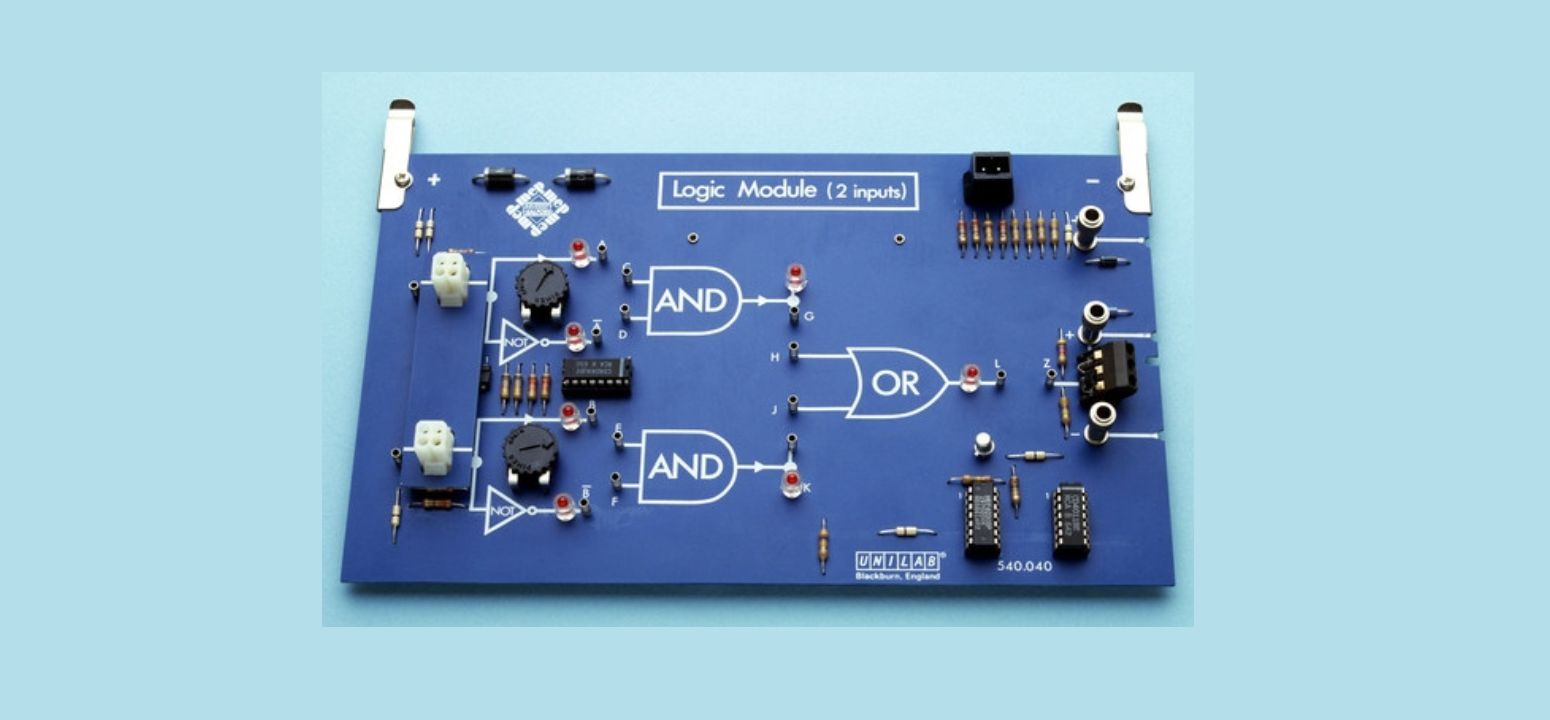
Comparing Half Adders and Full Adders: What’s the Difference?
When diving into digital electronics, especially when learning about binary arithmetic, two crucial components often come up: half adders and full adders. These fundamental building blocks are essential for understanding more complex circuits, such as those found in microprocessors. But what exactly are they, how do they differ, and when should you use each? Let’s explore these questions in detail.
What is a Half Adder?
A half adder is the simplest form of an adder circuit in digital electronics. It is designed to add two single-bit binary numbers. The half adder produces two outputs: the Sum and the Carry.
- Sum (S): The result of the binary addition.
- Carry (C): The overflow bit, which is generated when the addition of two binary digits exceeds the value of one bit.
The half adder uses two logic gates:
- XOR Gate for the Sum.
- AND Gate for the Carry.
Truth Table for Half Adder:
| Input A | Input B | Sum (S) | Carry (C) |
|---|---|---|---|
| 0 | 0 | 0 | 0 |
| 0 | 1 | 1 | 0 |
| 1 | 0 | 1 | 0 |
| 1 | 1 | 0 | 1 |
The half adder is straightforward, but its simplicity is also its limitation. It cannot handle carry input from a previous addition, making it less useful in multi-bit binary operations.
What is a Full Adder?
A full adder overcomes the limitation of the half adder by incorporating a third input, known as the Carry-in (Cin). This input allows the full adder to handle carry values from a previous addition, making it suitable for multi-bit binary addition.
The full adder also produces two outputs:
- Sum (S): The result of the addition.
- Carry-out (Cout): The carry bit, which is passed on to the next significant bit in a multi-bit operation.
A full adder is constructed using two half adders and an additional OR gate.
Truth Table for Full Adder:
| Input A | Input B | Carry-in (Cin) | Sum (S) | Carry-out (Cout) |
|---|---|---|---|---|
| 0 | 0 | 0 | 0 | 0 |
| 0 | 0 | 1 | 1 | 0 |
| 0 | 1 | 0 | 1 | 0 |
| 0 | 1 | 1 | 0 | 1 |
| 1 | 0 | 0 | 1 | 0 |
| 1 | 0 | 1 | 0 | 1 |
| 1 | 1 | 0 | 0 | 1 |
| 1 | 1 | 1 | 1 | 1 |
Key Differences Between Half Adders and Full Adders
- Input Handling:
- Half Adder: Can only add two single-bit binary numbers (A and B).
- Full Adder: Can add two single-bit binary numbers and an additional carry input (A, B, and Cin).
- Carry Propagation:
- Half Adder: Generates a carry but cannot handle an incoming carry from a previous operation.
- Full Adder: Can both accept an incoming carry and generate an outgoing carry, allowing for chaining in multi-bit operations.
- Complexity:
- Half Adder: Simpler design with only two logic gates.
- Full Adder: More complex, involving two half adders and an additional OR gate.
- Use Cases:
- Half Adder: Suitable for adding the least significant bits of binary numbers where no carry is involved.
- Full Adder: Essential for all other bit positions in multi-bit binary addition, where carry propagation is necessary.
When to Use Half Adders vs. Full Adders
- Half Adders: Ideal for very simple addition tasks where no carry is involved, such as adding the first (least significant) bits in a multi-bit binary addition.
- Full Adders: Necessary for adding any other bit positions in multi-bit binary operations. Full adders are chained together to form a ripple carry adder, which is used in arithmetic logic units (ALUs) and other critical components of digital systems.
Conclusion
Understanding the differences between half adders and full adders is crucial for anyone delving into digital electronics. While half adders serve basic functions, full adders are indispensable for more complex operations, enabling the accurate handling of carry bits across multiple binary digits. By selecting the appropriate type of adder based on your specific needs, you can optimize your digital circuit designs for efficiency and effectiveness.
Also Read : fpga architecture in vlsi
To know more about VLSI Course , SuccessBridge VLSI training institute. You can begin your VLSI career by enrolling in the placement-assisted live courses available at SuccessBridge We offer various VLSI online courses. We offer VLSI Physical Design course, Design Verification course, DFT Training , Chip design course many more. Explore VLSI Courses From The Leaders In VLSI Training






